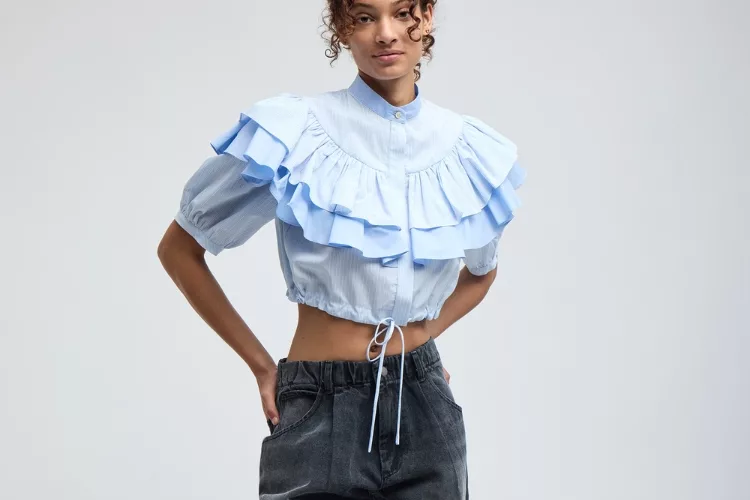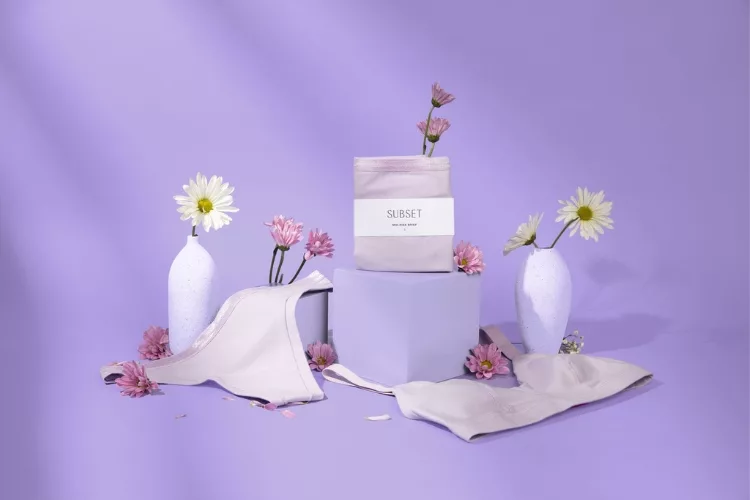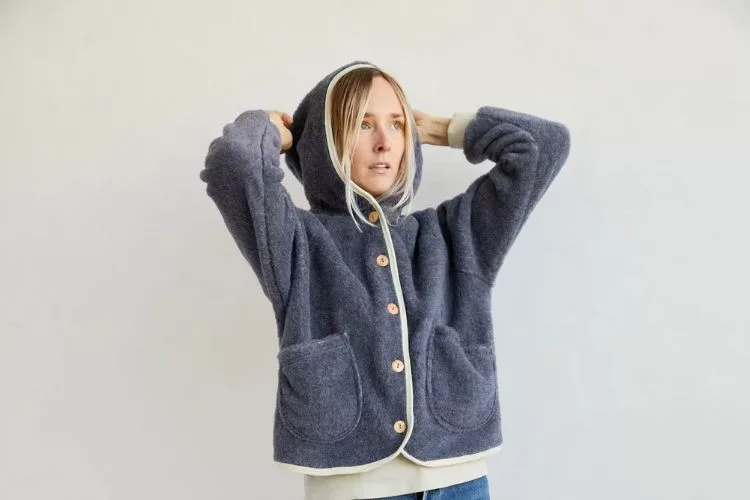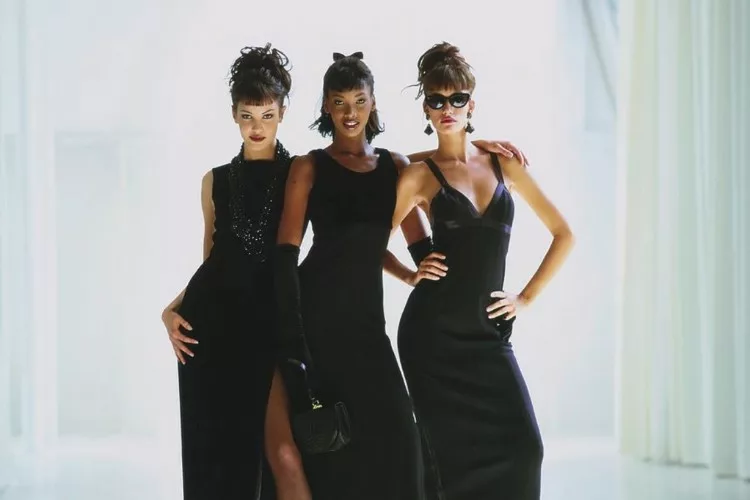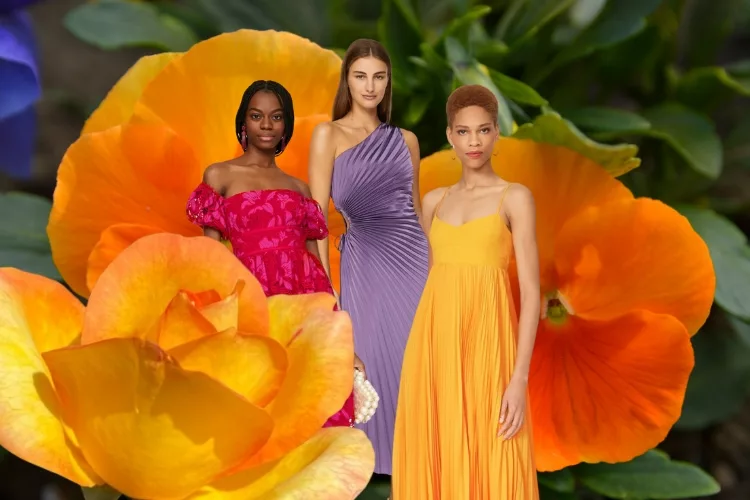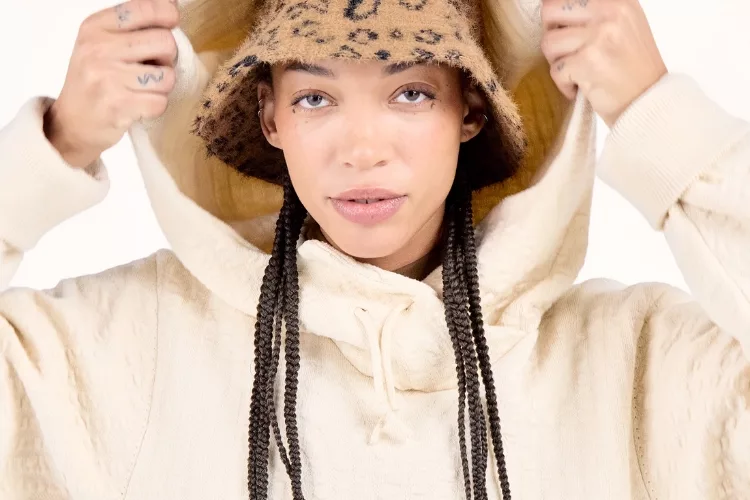In 1998, Jun Takahashi’s collection for cult favorite streetwear brand Undercover was titled “Small Parts.” Consisting of detachable pieces that could be added or subtracted, one could create endlessly customizable looks.
This was modular fashion –meaning it can be changed and molded until it reaches the desired look of the wearer.

While Takashi’s collection had an “it” factor, modular clothing is often considered “gimmicky.” Just look at Dr. Suess’s thneed from The Lorax. This highly versatile knitted item slyly represents consumerism and how our wants are dictated by marketing with no regard for the environment’s limited supply of resources (it’s literally called “the need”).
Some versions of transformable clothing support both a circular economy and sustainable practices. The design is highly considered and intentional. And the products are expected to last. If any part of the item breaks, the rest of the piece is still usable. If you only wear certain parts at a time in various ways, there is less need for constant washing and maintenance.
In turning to modern modular fashion, it’s worth looking at the recent LVMH Prize winner Satoshi Kuwata. He is the Japanese designer behind Setchu, a brand that combines Japanese and Western influences. Kuwata’s brand emphasizes “the concept of unisex and interchangeability,” and there is a certain level of “multipurpose functionality” in his clothing.
Even in the recent 2024 resort collections, several brands, such as Gucci, Off-White, and Burberry, included convertible pieces. These featured removable sleeves via buttons or pants that could be snapped off to shorts and flexible draping. However, these are one-offs and not brand-wide design moves.
Below are five brands whose work with modularity is innovative and a future-forward direction for fashion.
Marfa Stance

According to their website, Marfa Stance designs clothing that aims “to be enhanced, rather than replaced” and encourages customers to consume more mindfully and ethically. Founded by Georgia Dant, the company centers on layering techniques that let people build their own “kits” from a collection of coats, vests, liners, hoods, and collars. The resulting mix-and-match process allows the pieces to be worn all year round. Because everything they make fits together one way or another, it’s easy to update your existing kit with just one new item, which opens the door to even more styling opportunities. On the other hand, the brand values timeless design so that even without updates, every piece can be worn year after year. They are also committed to no-waste methods when producing their materials. This means upcycling leftover textiles, selling special patchwork editions of their best-selling products, and using shearling skin scraps for their shearling collars.
IG: @marfastance
Flavia la rocca

The designer Flavia La Rocca’s eponymous brand provides a similar modular buying experience: you choose any top and any bottom and fuse the two together into one item via a hidden zipper. Modules are made to connect to other modules in multiple ways that result in cohesive dresses, overalls, and skirts due to the unifying simplicity of the collection. Their decision to shift to a made-to-order basis ensures that every module they produce gets an entire life, and the brand fosters relationships with their customers by offering to re-dye pieces and take items back once they can no longer be worn. They are transparent about each step of the process, from the TENCEL™ Lyocell fiber they use to their efforts solidifying their own local supply chain. Their bigger mission is to publicize alternative methods of slow fashion through their overall pledge to responsible clothing that is consciously crafted.
IG: @flavialarocca_
Sofia Ilmonen

Since winning the first Mercedes-Benz Sustainability Prize, Sofia Ilmonen has continued challenging our assumptions about transformable clothing. Which are often seen as highly structured, futuristic-looking sci-fi costumes. Her dresses are flowy and girly, with ruching textures and frilly embellishments.
One of the designer’s goals is to accentuate a diverse range of feminine bodies through size-inclusive pieces and one-size-fits-all. Ilmonen’s last collection from Spring/Summer 2022 employs her characteristic uniform fabric squares and button and loop mechanisms. This gives customers a sense of active participation in customizing their clothing and reinforcing durability. Because every piece uses an identical square, their current state does not dictate where they can be used next. Therefore, it augments the longevity of any item and the emotional bond between the wearer and the clothing.
IG: @sofiailmonen
Petit Pli

Founded by engineer Ryan Mario Yasin, Petit Pli is known for making clothes that grow with children for up to seven sizes. But the company isn’t just a children’s wear brand: they also design clothing for adults that adjusts to fit various body types, sizes, and functions. They are inspired by outer space, so all the products they make have to pass the Mars test. This means they have to be lightweight, useful in different situations, and long-lasting.
The cosmic influence also extends to the unfoldable quality of the clothing. The garments use a similar origami method as is used when transporting things to space. Their mission to inspire conscientious consumerism is underpinned by how they source and process their materials. Petit Pli utilizes recycled fabrics. They also employ garment workers from factories in Portugal that enforce workers’ rights and use renewable energy sources. They believe so fully in their products that they will even repair any damaged items at no cost.
IG: @petit.pli
Senia new york
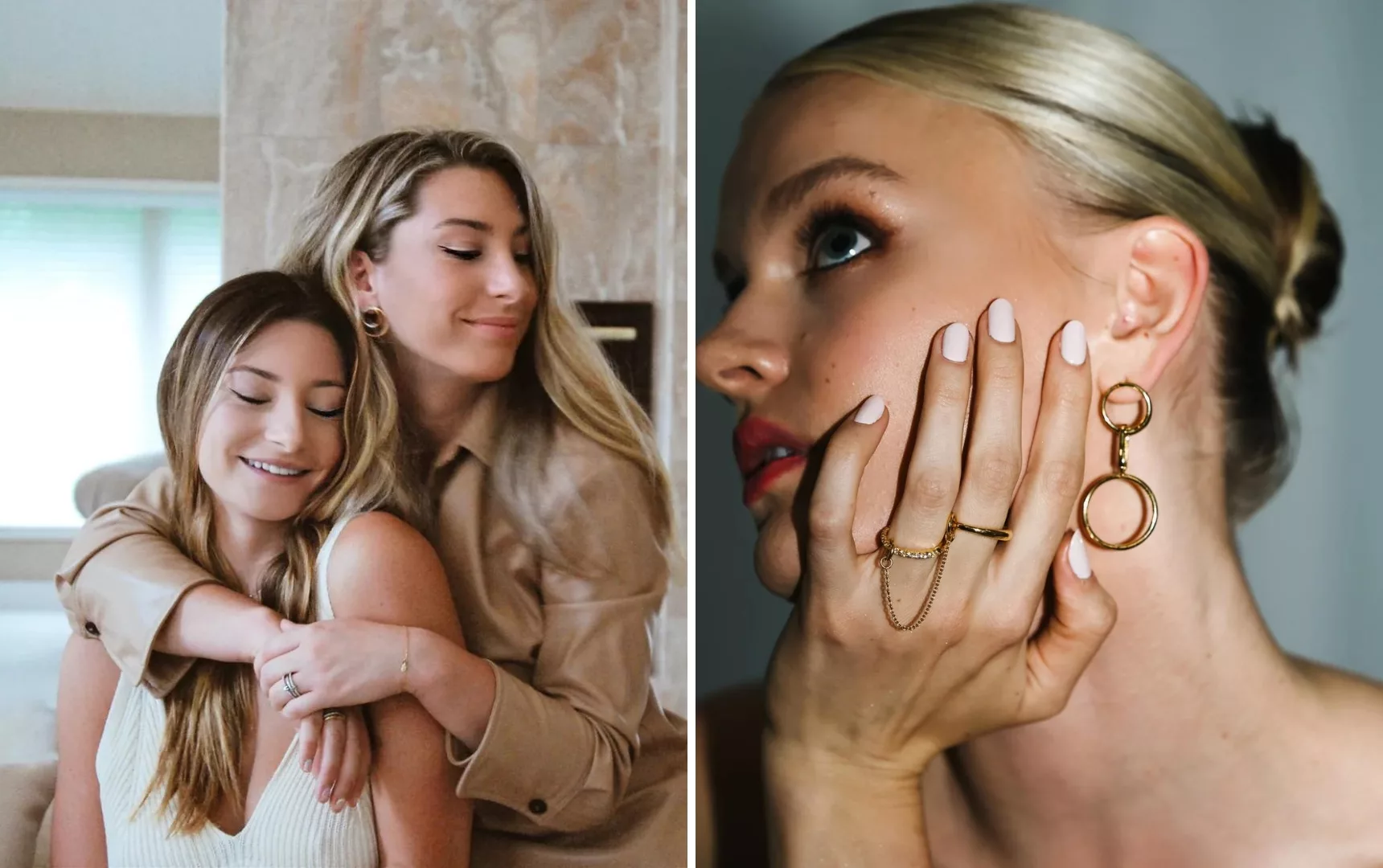
Christina and Gina Senia launched their jewelry brand in 2020, stating that “all designs are made to build.” Because jewelry can be kept forever and passed on, the sisters wanted to create well-made pieces that could evolve with the wearer. This dedication and their focus on sustainability have led to products like the numeral ring, which is entirely customizable, and the Infinity Earrings, which can be worn in over 50 combinations. Everything is made from recycled metals and conflict-free gems. So all pieces remain true to their mantra that jewelry should be “easy on the earth, the eyes, and the soul.”
IG: @senianewyork
–Emma Kendall
Related Articles
Sofia Ilmonen wins her first ever Mercedes Benz Prize for Sustainability
Interview with fashion designer/upcycler Janelle Abbott of JRAT
Is Biocouture Fashion’s Next Big Thing?
Wardrobe Therapy is our New Favorite Kind of Therapy!

